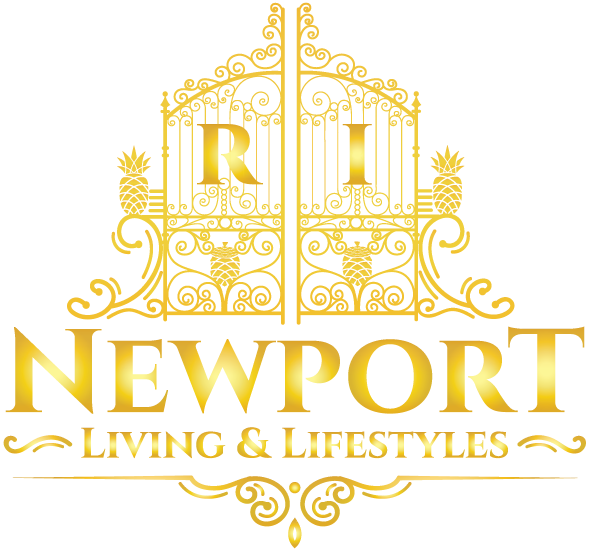
- This event has passed.
Irish History Lecture: “Ethnic Enclaves: Newport’s Kerry Hill Irish in 19th & Early 20th Century”
November 14, 2022 @ 6:00 pm - 7:00 pm
Free – $5
Please join members and friends of the Museum of Newport Irish History for the third lecture of our 21st Annual Lecture Series with guest speaker, Dr. Kurt C. Schlichting, who will give a talk titled, “Ethnic Enclaves: Newport’s Kerry Hill Irish in 19th & Early 20th Century.” The lecture will be presented in-person at the Wyndham Newport Hotel, and live-streamed via Zoom at 6:00 pm. Reservations are required.
The lecture is made possible by a generous gift from The Fastnet Irish Pub, 1 Broadway, Newport.
There is no fee to participate via Zoom. A $5 per person fee/donation is requested from those attending the lecture and Q&A with reception to follow (cash bar). Those who become members to attend this talk in person will have the $5 lecture fee waived.
CLICK to reserve IN-PERSON: https://tinyurl.com/3t5effa3
CLICK to participate via ZOOM: https://tinyurl.com/mvz4zcx6
To Join NOW click HERE
Questions? Please write Ann Arnold at NewportIrishHistory@gmail.com
TALK OVERVIEW:
The history of Newport, first settled in 1639, is complicated. The Irish arrived in significant numbers 180 years later in the 1820s. In the Famine years, the number of immigrants and their children born in America, increased dramatically. Irish immigration continued well into the 20th century.
Many immigrants arrived without significant resources and sought inexpensive housing. They settled on streets where Irish already lived. This pattern of “chain-migration” often reunited family members or people from the same village or county in Ireland. The Kerry Hill/ West Broadway neighborhood became the earliest large Irish enclave in Newport and will be the focus of this talk.
A revolution has occurred in historical research in immigration and settlement in the United States. It is now possible to obtain digital Census data for the 18th & 19th centuries for every city and county in the country. Using historical digital maps of Newport, the Irish, African-American, Italian, Portuguese or any immigrant population can be “geocoded” to their street addresses in the 1880s and the early 20th century.
SPEAKER BIO:
Kurt C. Schlichting is the E. Gerald Corrigan ’63 Chair in Humanities & Social Sciences Department and a Professor of Sociology at Fairfield University (CT) Emeritus. He is the author of Grand Central Terminal: Railroads, Architecture and Engineering in New York (Johns Hopkins U. Press, 2001), for which he received the 2002 Best Professional/Scholarly Book: Architecture & Urbanism Award from the Association of American Publishers. This book was the basis of “Grand Central,”an American Experience documentary on PBS, for which Dr. Schlichting served as an academic advisor and was an on-screen interviewee. His most recent book, Waterfront Manhattan: From Henry Hudson to the High Line, was published by Johns Hopkins University Press in May 2018. Dr. Schlichting received his bachelor’s degree from Fairfield University and his master’s degree and a doctorate from New York University. We welcome Dr. Schlichting for this, his sixth talk, for the Museum of Newport Irish History.
ABOUT THE PHOTO
Grocery store operated by Patrick Halpin, located on Tanner Street. Tanner Street was renamed West Broadway, and renamed again, as Dr. Marcus Wheatland Boulevard in 1994.
Photo taken in 1875 by J.A. (Joshua Appleby) Williams (1817-1892).
From the collections of Providence Public Library (Identifier: VM013_GF5838)
ABOUT THE MUSEUM
The Museum of Newport Irish History, a volunteer-driven, non-profit 501c3 organization, was founded in 1996 and now boasts over 900 members. In addition to operating an Interpretive Center on Lower Thames Street, the organization sponsors numerous educational, cultural, social, and fundraising events throughout the year, including its popular annual lecture series, now kicking off its 21st season.The organization also restored and maintains the historic Barney Street Cemetery at the corner of Barney and Mt. Vernon Streets, steps from Washington Square. It is the final resting place of many of Newport’s earliest Irish residents and was the cemetery established to support Rhode Island’s first Roman Catholic parish, the forerunner of the current Saint Mary’s Church at the corner of Spring Street and Memorial Boulevard.
To learn more or to join the Museum, please visit www.NewportIrishHistory.org or write us at newportirishhistory@gmail.com
